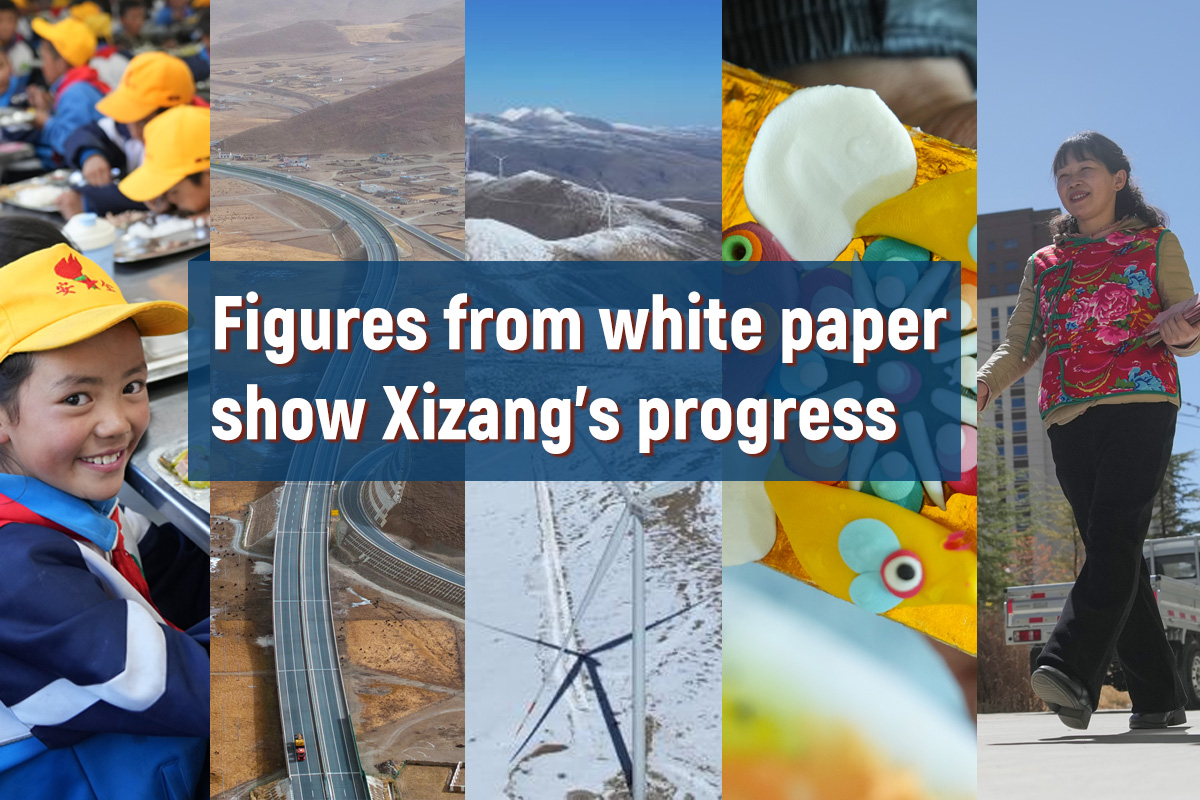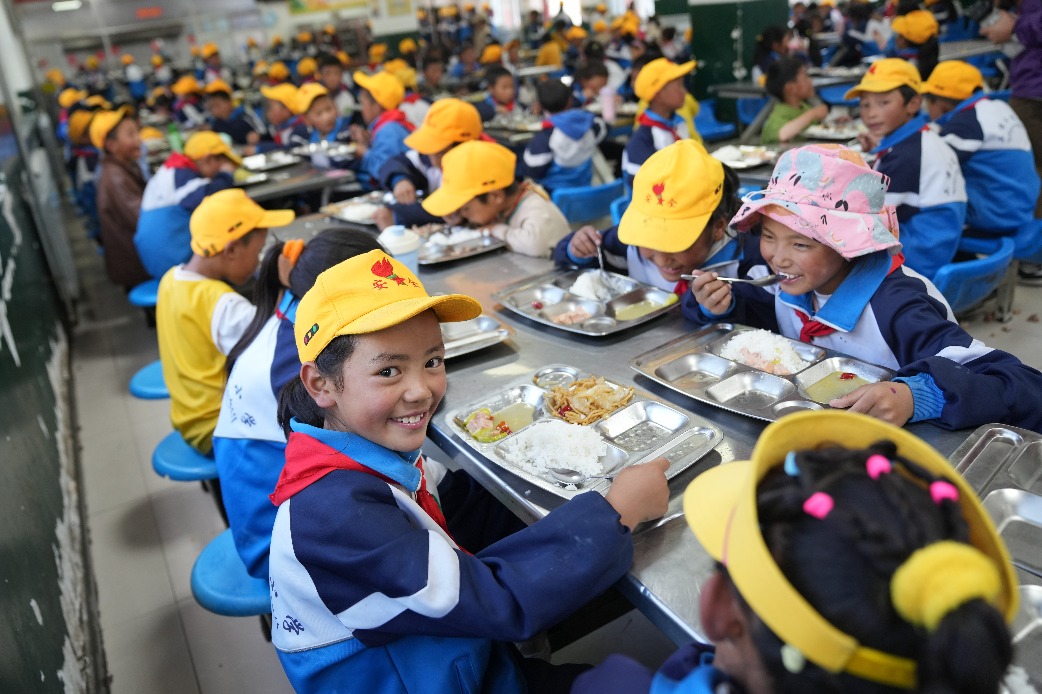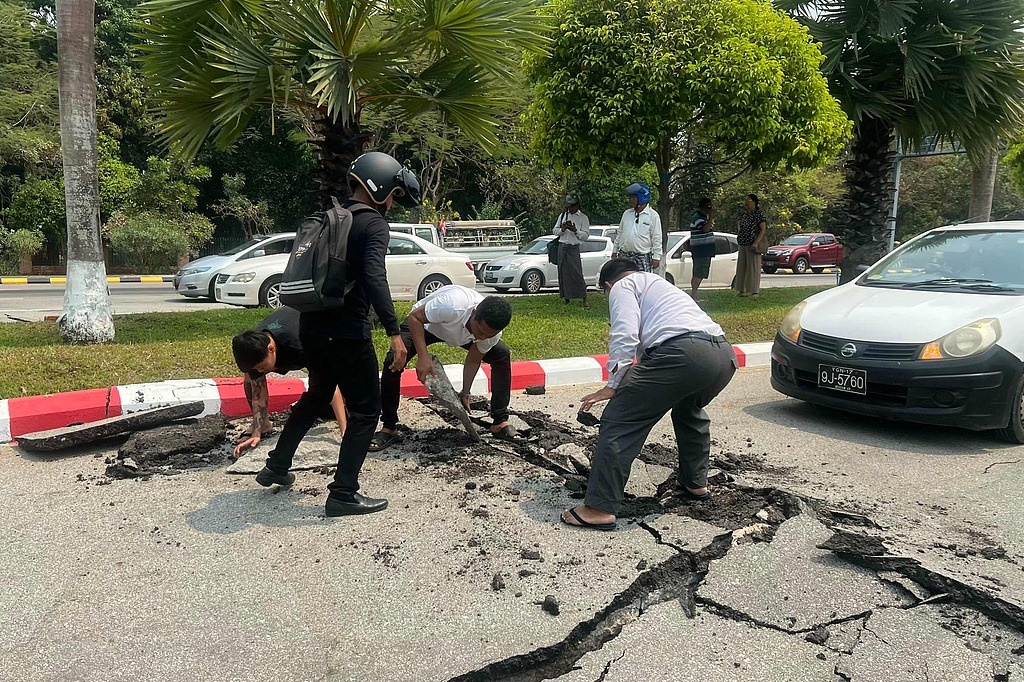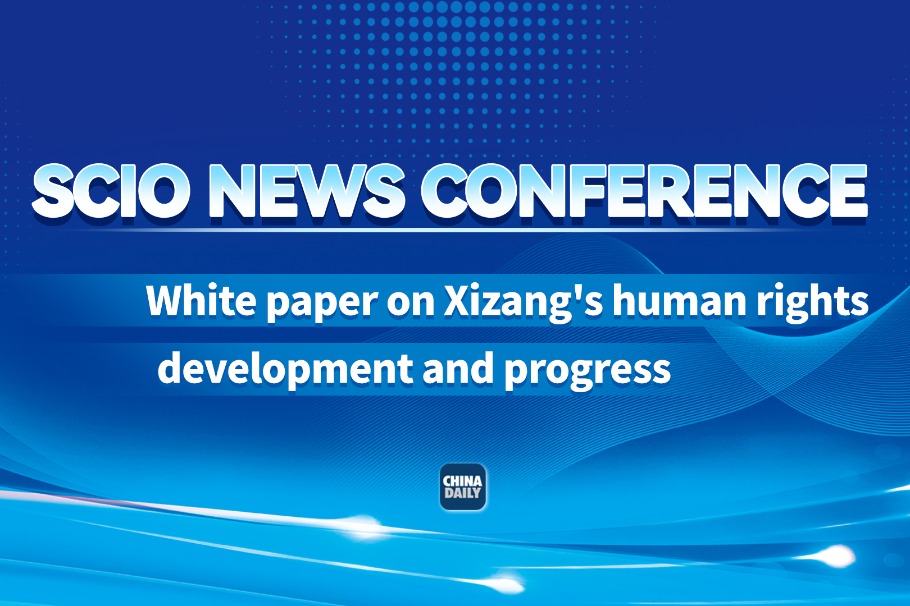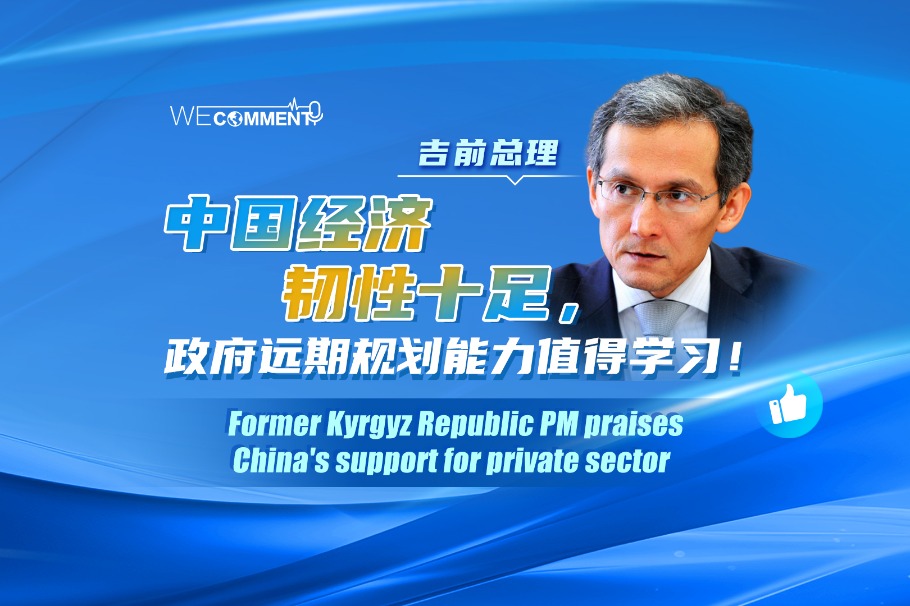Roads at heart of poverty alleviation in China


Sustained public investment in infrastructure, particularly in transportation, was a catalyst for China's domestic market integration, providing the poor with improved access to markets to sell their produce and catering to their consumption needs.
It also allowed the gains from China's export-led development and managed urbanization to be shared with interior provinces and rural areas, according to the joint study released by the World Bank and the State Council, China's Cabinet.
To get a better sense of the heavy investment in intercity expressways, the length of expressways increased by 44 percent annually, from 147 kilometers in 1988 to 25,130 km in 2002. By 2020, that figure had risen to 161,000 km.
In many areas, public investment in the construction of rural roads or irrigation infrastructure was designed to benefit low-skilled workers by incorporating local employment requirements in bidding documents, the study noted.
The researchers estimated that in the mid-1990s, every 10,000 yuan ($1,392) of public spending on roads may have moved three people out of poverty. The same amount also gave two people access to electricity and telecommunications at the time.
Compared with other parts of rural China, the effects were much greater in the western region of the country, where 10 people were lifted out of poverty for every 10,000 yuan spent on rural roads.
Quinn said that at a recent webinar hosted by the US Heartland China Association, for which he serves as a strategic adviser, participants discussed the poverty-elimination program carried out in Yunnan province. "Interestingly, it began with upgrading the old dirt road that ran through the province," he said.
Other researchers also highlighted the role played by the construction of roads, which was supported by instrumental government policy.
"China's state is endowed with high administrative capacity, and the government used this to provide public goods and overcome collective action failures," Maria Ana Lugo, senior economist at the World Bank, wrote in a blog with two colleagues.
The article was published on the Brookings Institution's website in September last year.
"This is most evident in the expansion of public infrastructure that helped integrate rural areas with urban economies, and in the coordination of stakeholders in targeted poverty reduction," the article noted.
Improving connectivity to drive poverty alleviation has become one of the insights shared with other developing countries.
In an interview with China Daily last month, Munir Akram, Pakistan's ambassador to the United Nations, said that the lessons Pakistan can learn from China are to make eliminating poverty and hunger a development priority, and to ramp up efforts to build roads and develop technology.
"We need greater support for small farmers. …We need farm-to-market roads to be able to take crops to the market. We need fair prices. We need better education systems. We need advanced technologies, which are applicable in order to grow better crops, better yields and in order to build the basis for food security," Akram said. "So there is much we can learn from what China has done."
Quinn said other factors that have contributed to China's rapid rise out of poverty include widespread increased educational opportunities; the large-scale integration of women into the workforce; and the creation of a well-trained administrative and civil service structure that successfully implements programs throughout the country.
Going forward, the challenge for China will be to maintain domestic economic growth while dealing with an array of significant international issues, including animal, crop and human diseases, climate volatility, water insecurity, and maintaining a peaceful regional and international environment in order to facilitate a stable global trading system.
Given the enormous global challenge of meeting the UN Sustainable Development Goals by 2030, and feeding the projected world population of 9 to 10 billion people by 2049, efforts to improve the bilateral US-China relationship would seem to be an overriding objective, Quinn said.
The UN SDG 2022 report, released in early July, estimated that up to 95 million more people could fall into extreme poverty this year.














